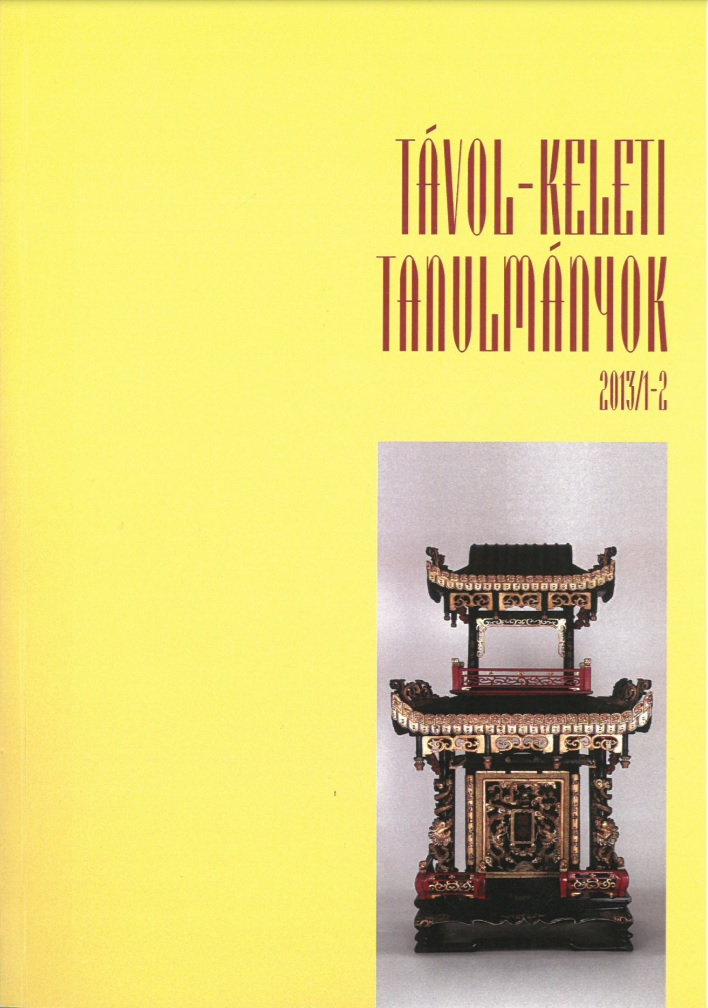Published 2014-10-03
How to Cite
Copyright (c) 2014 the author(s)

This work is licensed under a Creative Commons Attribution-NonCommercial 4.0 International License.
Abstract
The hardship of acquiring Chinese language is presented by its linguistic characteristics differing from European languages, as well as by its different procession demand. The use of the strategy in the background of successful Chinese language learning shows characteristics different from those of other languages. This research analyzes the Chinese language learning strategies of 231 Hungarian university student language learners. The study summarizes the Chinese language learning strategies and verbal learning strategies used most frequently by Hungarian language learners. The sequence of the preference of the language learning strategies gives an accurate picture of the use of strategy of individual language learners’ groups. I applied questionnaires examining the learning of Chinese language (SILL, Learning Style Survey) and the mathematical statistical examining methods (ANOVA, discriminant analysis, LVPLSmodel [Latent Variables Path Analysis with Partial Least-Squares Estimation], multidimensional scaling). My survey aims to find an answer to the question
of how the involvement of the background variables influencing the choice of language learning strategies – age, gender, motivation, time spent to learn Chinese, language learner style, level of language knowledge, language exam, target language environment – modifies the use of strategies. The results of the survey showed that the individual background variables show close connection with the strategy use, but it is most of all the language learning style that most markedly influences the success of learning Chinese language. Out of the
language learning styles, it was the preference for the use of auditive physical senses that showed significant correlation with successful Chinese language learning.
